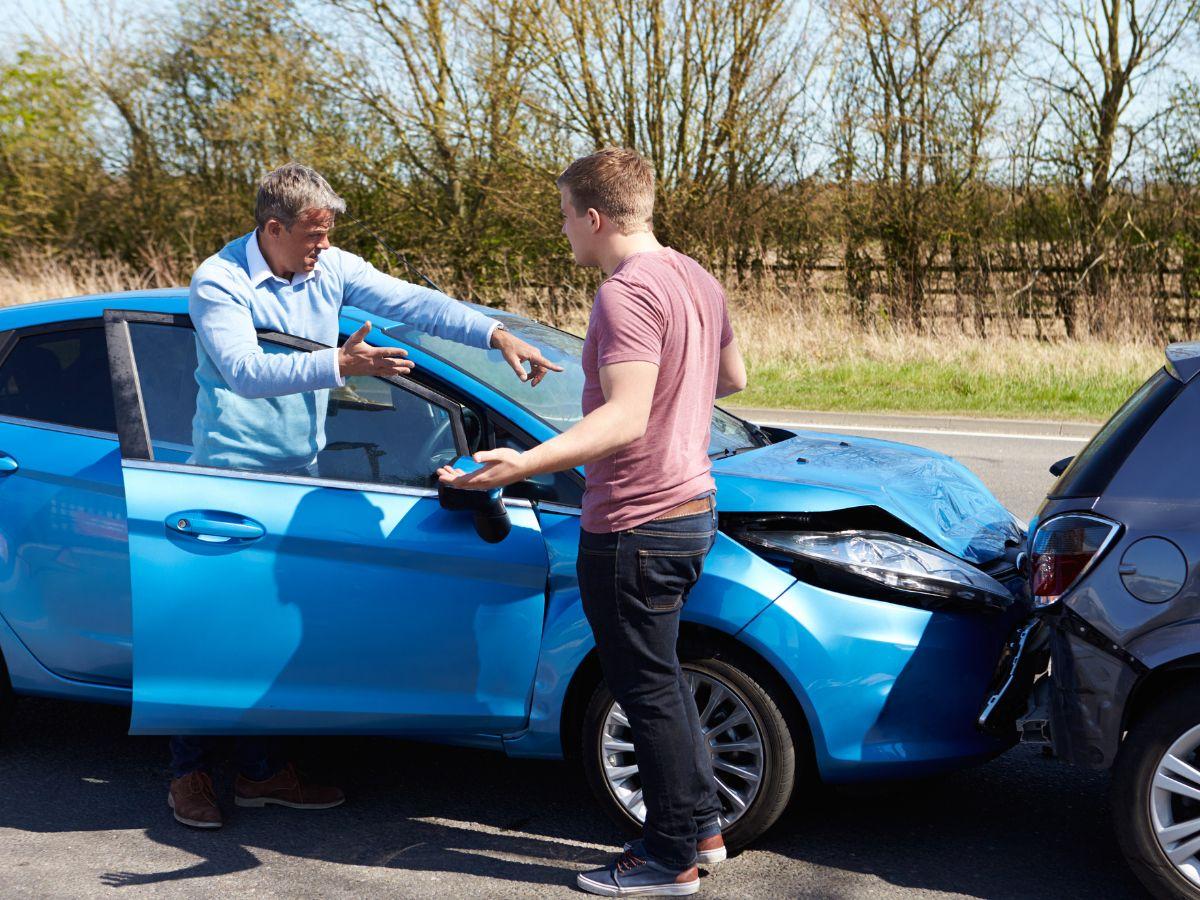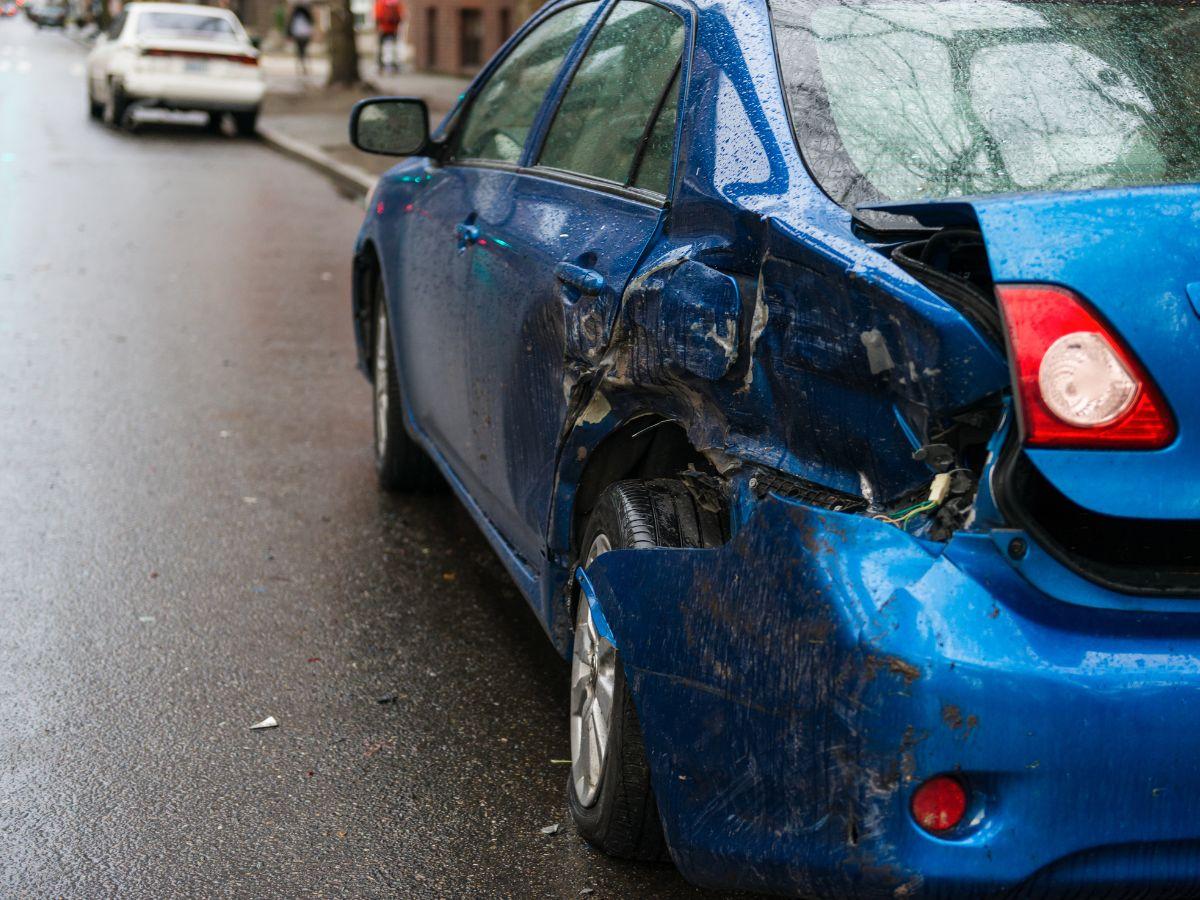How Social Media Can Wreck Your Car Accident Claim
Key Takeaways: Social Media as Evidence: Your online presence can be used as evidence in car accident lawsuits, potentially impacting the outcome by...
Key Takeaways:
Adverse weather conditions such as heavy rain, icy roads, and fog increase your chances of being in an auto accident and will influence car accident liability.
Understanding how these elements affect driving responsibilities and legal outcomes is crucial for drivers and accident victims.
Below, we will explore the complexities of weather-related car accidents, highlighting the legal aspects and necessary precautions to consider.
By the end, you'll be better prepared to navigate the legal landscape when bad weather plays a role in road accidents.
Click to learn more about other common types of car accidents.
Table Of Contents
Weather conditions significantly influence road safety, contributing to many vehicle accidents annually.
Adverse weather like heavy rain, icy roads, and reduced visibility can drastically alter driving conditions and increase the risk of accidents. According to the Federal Highway Administration, about 21% of all vehicle crashes each year are weather-related, amounting to approximately 1,235,000 crashes.
These incidents result in around 418,000 injuries and 5,376 fatalities annually.
Specifically, wet pavement and rainfall are the most common conditions during these accidents, with 70% occurring on wet pavement and 46% during rainfall.
Winter conditions also pose significant hazards, with 18% of weather-related crashes occurring during snow or sleet, 13% on icy roads, and 16% on snowy or slushy pavement.
These statistics underscore the critical impact of weather on road safety and highlight the importance of appropriate safety measures and driving adjustments during adverse conditions.
Recognizing how these elements affect driving responsibilities is essential for preventing accidents and understanding potential liabilities in weather-related traffic incidents.

Weather conditions significantly impact car accident liability, specifically the duty of care and comparative negligence.
The duty of care requires all drivers to operate their vehicles safely to avoid causing harm to themselves and others.
However, this duty adjusts under bad weather conditions, forcing drivers to take extra precautions.
For instance, during heavy rain or icy conditions, drivers are expected to reduce their speed, maintain a safe following distance, and use appropriate lights and signals to ensure safety.
Comparative negligence comes into play when both the weather and the drivers' actions contribute to an accident
This legal principle allows the court to apportion fault among the parties involved based on their respective degrees of responsibility.
For example, suppose a driver was speeding during adverse weather conditions and an accident occurred.
In that case, the driver may be held more liable for the accident due to negligent behavior - speeding, even if the weather was a factor in the crash.
The allocation of fault can significantly impact each party's compensation, with more negligent parties receiving less financial recovery for damages.
Understanding these principles is crucial for accident victims and drivers alike, as it helps them comprehend their legal rights and responsibilities in weather-related car accidents.
Navigating these legal waters often requires the assistance of an experienced car accident attorney to ensure fair treatment and compensation under the law.
Assessing fault and responsibility in weather-related car accidents involves a complex interplay of factors, with adverse weather conditions being a significant element.
Insurance companies and courts examine the specifics of each case to determine how the weather contributed to the accident and to what extent each party's actions influenced the outcome.
For insurance companies, the process starts with the claims adjuster who reviews accident reports, weather conditions at the time of the accident, and any available physical evidence such as photographs from the scene.
Given the weather conditions, they assess whether the driver took reasonable precautions, like reducing speed during heavy rain or using headlights in fog.
Failure to adjust driving behavior appropriately can lead to a finding of negligence.
In the legal arena, courts examine the concept of 'negligence per se,' where violating traffic laws during bad weather can automatically lead to liability.
For example, not maintaining a safe following distance on icy roads can be considered inherently negligent.
Comparative fault is also evaluated, where responsibility might be shared between multiple parties, such as when both drivers are found to have been driving too fast for the conditions.

Navigating adverse weather conditions requires both cautious driving and an awareness of legal implications should an accident occur.
Here are several tips for safe driving in various challenging weather scenarios:
In the event of a weather-related accident, the first step is to ensure your safety and the safety of others.
Once everybody is deemed safe, document the accident scene extensively, noting the weather conditions, any road damage or hazards, and the actions taken by each driver before and after the crash.
Legal steps following a weather-related accident should include:
Given the complexities that weather adds to accident liability, having knowledgeable legal counsel is invaluable.
They can help navigate the nuanced claims process and ensure your rights and interests are effectively represented.
Weather significantly impacts car accident liability, affecting how fault is determined and claims are processed.
Driving safely in adverse conditions and understanding legal implications are crucial.
For assistance with weather-related accidents, contact Cotto Law Group. Our experienced personal injury lawyers will guide you through the claim complexities and ensure you receive fair compensation.
Reach out today for expert legal advice and representation.

Key Takeaways: Social Media as Evidence: Your online presence can be used as evidence in car accident lawsuits, potentially impacting the outcome by...

Key Takeaways: Understanding Insurance Laws: Familiarize yourself with the insurance laws of the state where the accident occurred, as differences...

Key Takeaways: Immediate Action is Crucial: Immediately after a hit-and-run, it's essential to seek medical attention, file a police report, and...